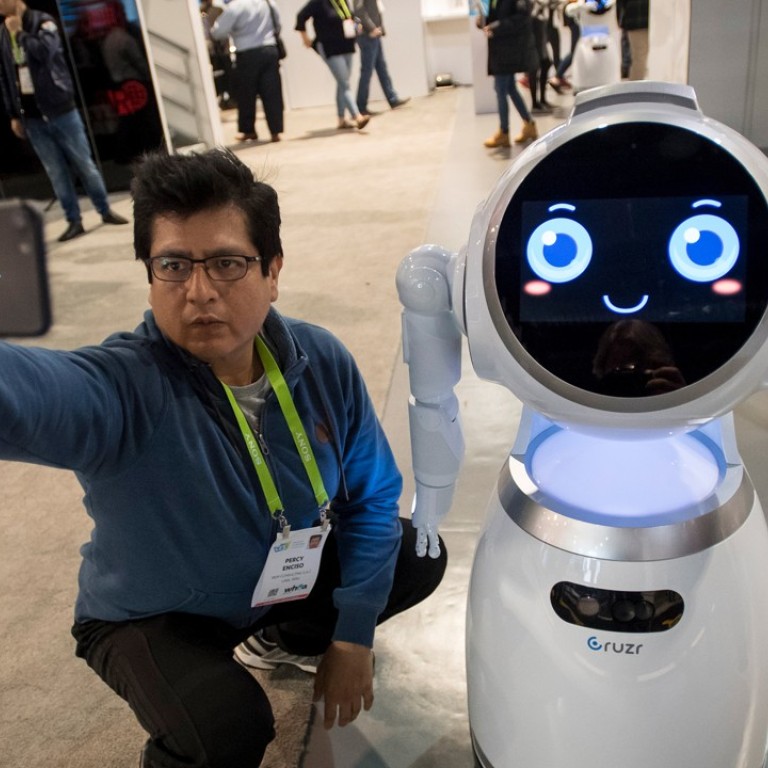Advertisement
Advertisement

The robots are coming to change how we work, so let’s train our youth to be adaptable
Vivek Pathak says automation, artificial intelligence and robotics will have a transformative – but unpredictable – effect on jobs and therefore we must ensure the next generation is flexible
Artificial intelligence has everyone guessing how many jobs are at risk of replacement worldwide.
A McKinsey Global Institute report predicts about half of global work activities could be automated with currently demonstrated technologies. But the proportion displaced by 2030 is expected to be lower due to technical, economic and social factors.
Automation is hardly new. Machines helped countries like Korea, Thailand, Malaysia and China emerge from poverty through thriving manufacturing. Technology, in recent decades, has helped manufacturing raise output beyond imagination. Ten years ago, a denim factory employed hundreds of workers. Today, a garment manufacturing plant requires a fraction of that.
AI, robotics and automation affects production numbers exponentially in this sector alone. In 2009, 173.5 million smartphones were produced and shipped, compared to 1.5 billion in 2016. But automation will reverberate differently worldwide; rising incomes and consumption levels, especially in developing countries, with climbing health care needs and more infrastructure and energy investment, will create demand for work and help offset displacement. Many developing economies with growing middle classes need customer interaction, care provision, construction and education workers. Advanced economies will see a sharp drop in demand for physical labourers.
Services already claim an increased piece of the pie in most countries and this will continue. Small and medium-sized businesses need less bricks-and-mortar infrastructure, and capital costs can be reduced to a laptop and monthly internet.

How AI will change your life this year, from medical advancements to using your face as a credit card
Recent research suggests 75-375 million workers need to switch occupational categories by 2030. Educators must adjust approaches to learning and countries need to create an ecosystem fostering innovation while allowing for failure. This means instilling a change-oriented mindset in workers and facilitating upskilling.
Asia’s youth must be taught skills to keep up with technology, experts say
No one can predict how workforces will be redefined. Research indicates 65 per cent of children entering primary school will work in jobs that don’t exist yet. How can I, personally, prepare my eight-year-old daughter for a constantly shifting world? In conversations with a world-renowned entrepreneur on this topic, two words emerged: creativity and curiosity. Both will distinguish people in an increasingly automated environment. These discussions are set to continue in Cape Town at the IFC 8th Global Private Education Conference, brought together by my organisation.
Vivek Pathak is the regional director for East Asia and the Pacific at the International Finance Corporation (IFC)
This article appeared in the South China Morning Post print edition as: Will robots alter your world?

Post